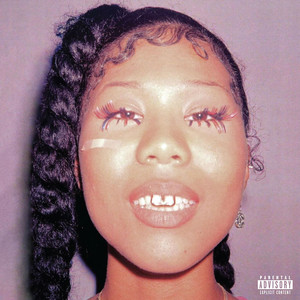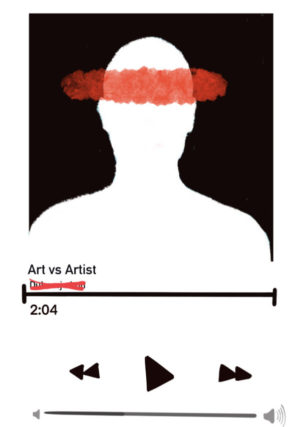No.
March 29, 2023
On Feb. 10 of this year, Avalanche Software released Hogwarts Legacy, a video game adaptation of J.K. Rowling’s “Harry Potter.” Battles have been occurring inside and outside this game, as people argue about the ethicality of playing a game that benefits a problematic creator.
In light of this recent event, I was left contemplating whether one can truly separate the art from the artist in order to enjoy their work but not support their beliefs. At some point I was reading an article about the artists of the past whom we idealize today and the author made a statement that stuck with me: “just because we can separate the art from the artist doesn’t mean we always should.”
With the amount of progress we have seen in the movements vying for equality and fair treatment, it seems counterproductive to support those who are problematically straying away from this ideal. For example, the #MeToo movement that has resurfaced in the past couple years outed prominent male figures for their past transgressions against women. Society has reached a point where women have a platform to speak up and stop the oppression. We see the same thing in various minority groups, from the Black Lives Matter movement to the fight for LGBTQ+ rights. Knowing the power in numbers and also the amount of progress we have made, it would be doing ourselves a disservice to not fight for a change of the status quo. The need to change the narrative in order to acknowledge the history, and therefore the artist’s own problematic background, falls upon the critics and the consumers. It is up to the everyday people to call out these artists. And we see this issue through every medium of art, going further than the aforementioned video game.
Look to the painting world for an example. Picasso’s granddaughter, Marina Picasso, described how Picasso treated women in her memoir saying that “He submitted them to his animal sexuality, tamed them, bewitched them, ingested them, and crushed them onto his canvas. After he had spent many nights extracting their essence, once they were bled dry, he would dispose of them.” This is seen in the apparent themes of toxic masculinity throughout his artwork.
For example, The Weeping Woman by Picasso included contorted features of Dora Maar with acidic colors that represented her anguish.
It is easy to chalk up these issues to the time period and overlook them because of the historic importance of an artist. However, an artist’s flaws cannot be so easily denied. While earlier art holds a special place in museums, universities and may be mass replicated for everyone to have a copy in their house, it is time to acknowledge the faults in an artist’s viewpoints. Only then can we take the time to re-contextualize these pieces of work. People should look at Picasso’s work and think about the way he dehumanized women through his artwork and the problems that stem from this issue.
We as consumers cannot let artists continue to replicate the mistakes of the past. And we as human beings with empathy cannot simply ignore the inherent and underlying presence of bigotry within art.
The impact of staying silent goes further than just the art. For example, popular American rapper Kanye “Ye” West recently made anti-semitic comments on social media. Though several large companies and brands steered away from collaborations with him, his words made an impact on select fans. In October 2022, a group hung banners over a Los Angeles freeway with anti-semitic messages including “Kanye is right about the Jews.” This was just one of many ways fans responded to West’s sentiments. Those who follow him started out as fans of his art which grew into a community of supporters for the artist.
At the end of the day, it is up to you as the consumer to choose how you interact with the art. It is your obligation, in fact, to communicate to artists that moral ethicality trumps any work of art. The question isn’t whether you can support the art without supporting the artist. The question is how can you not be?





